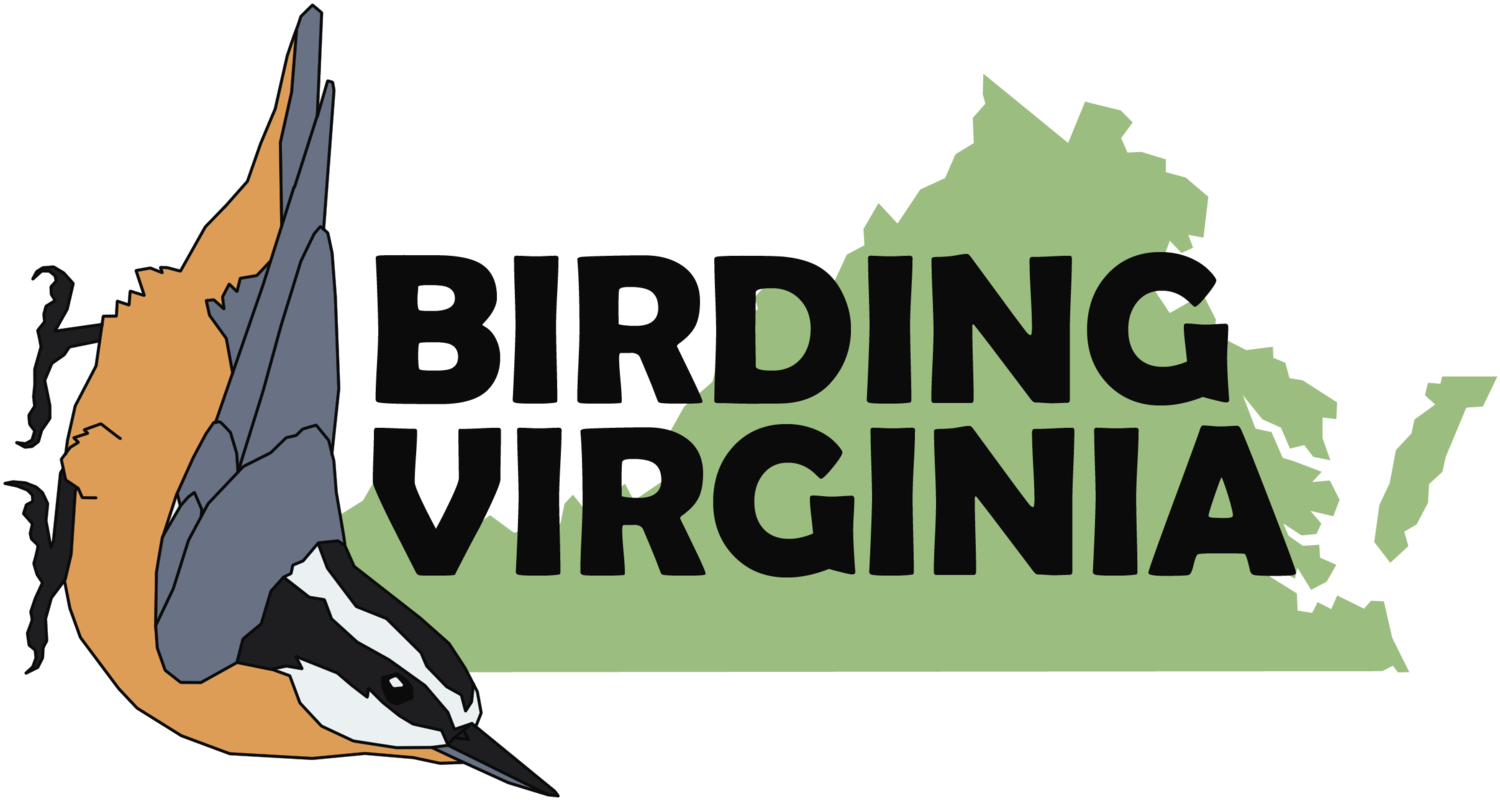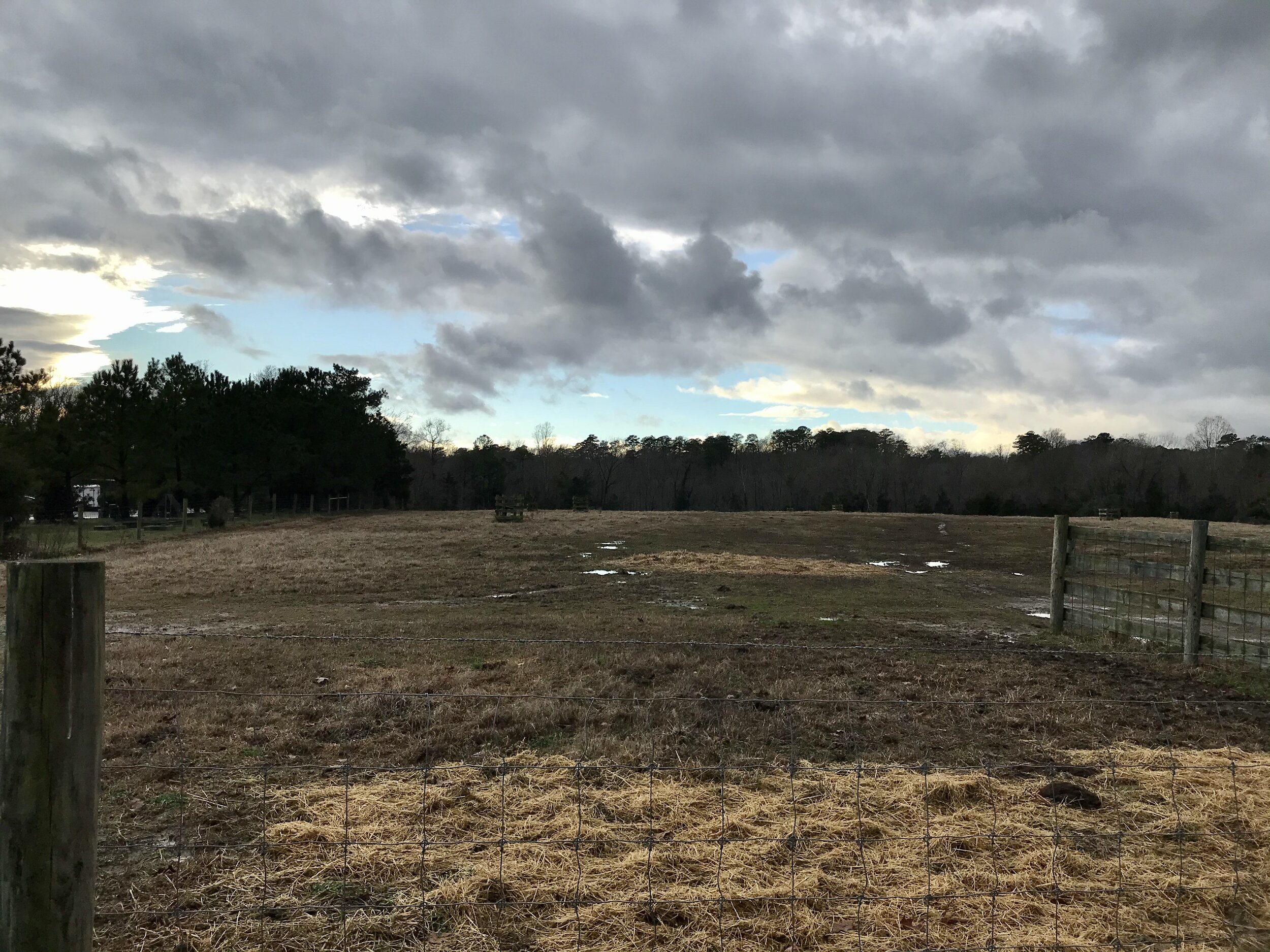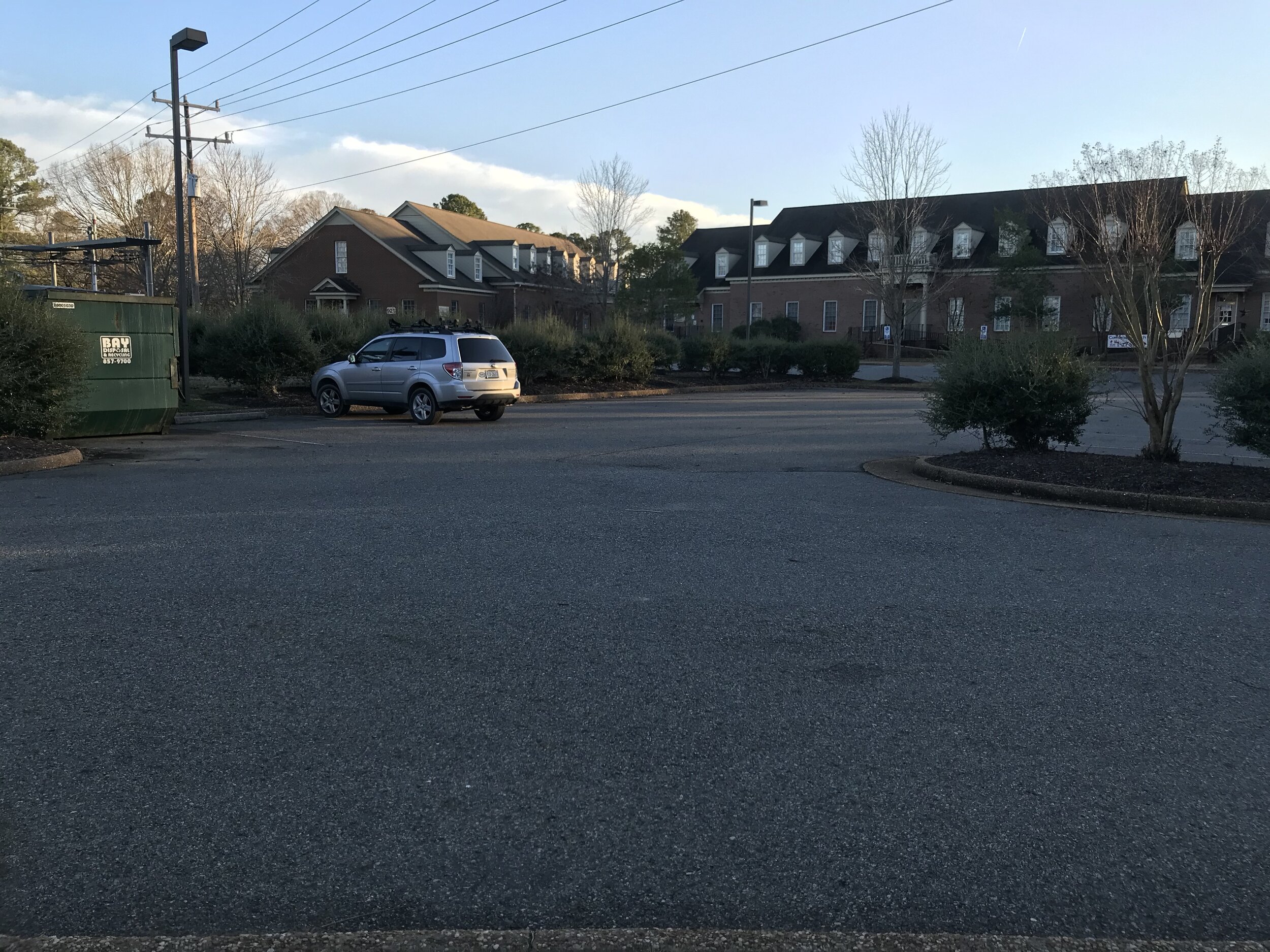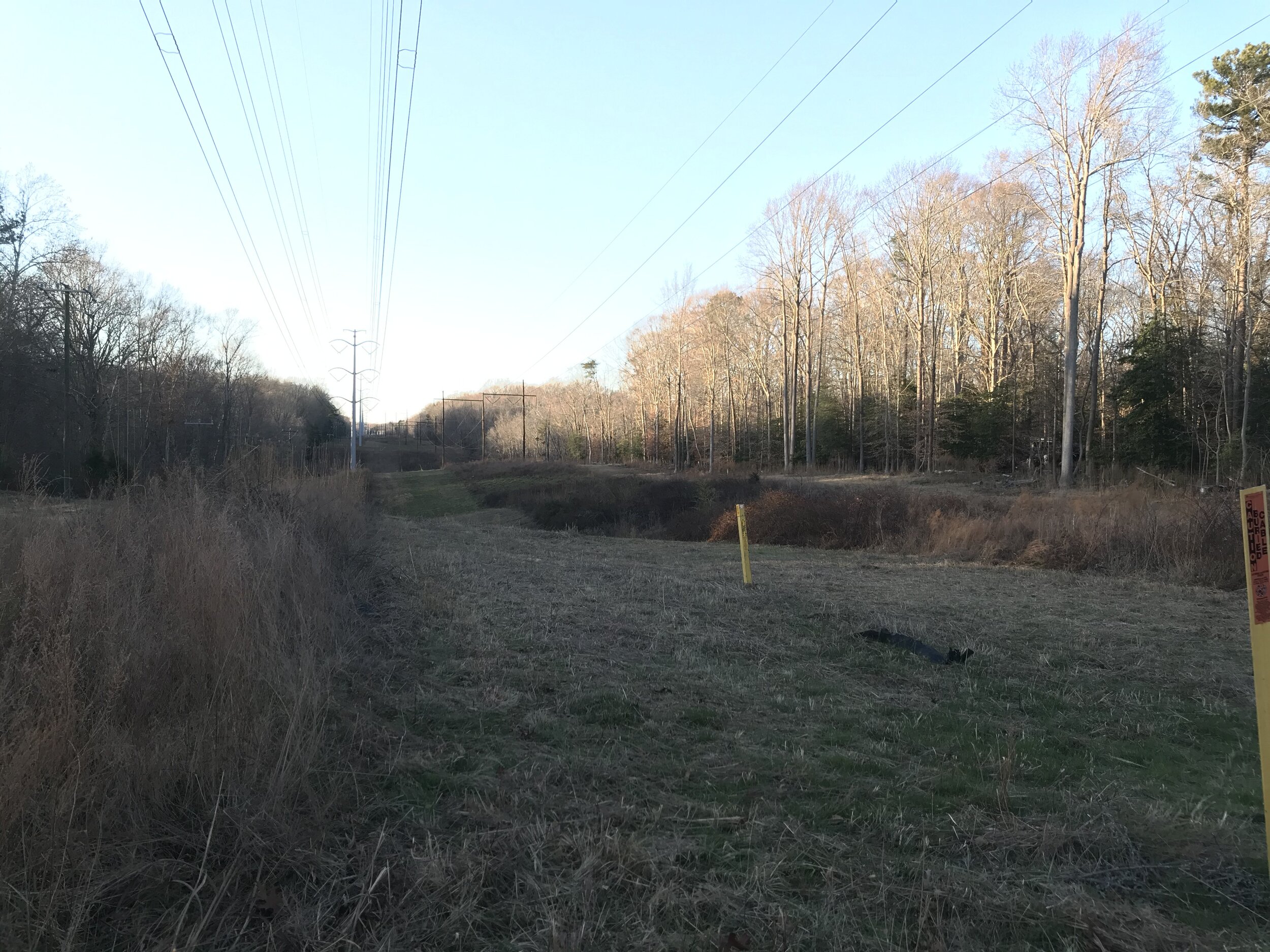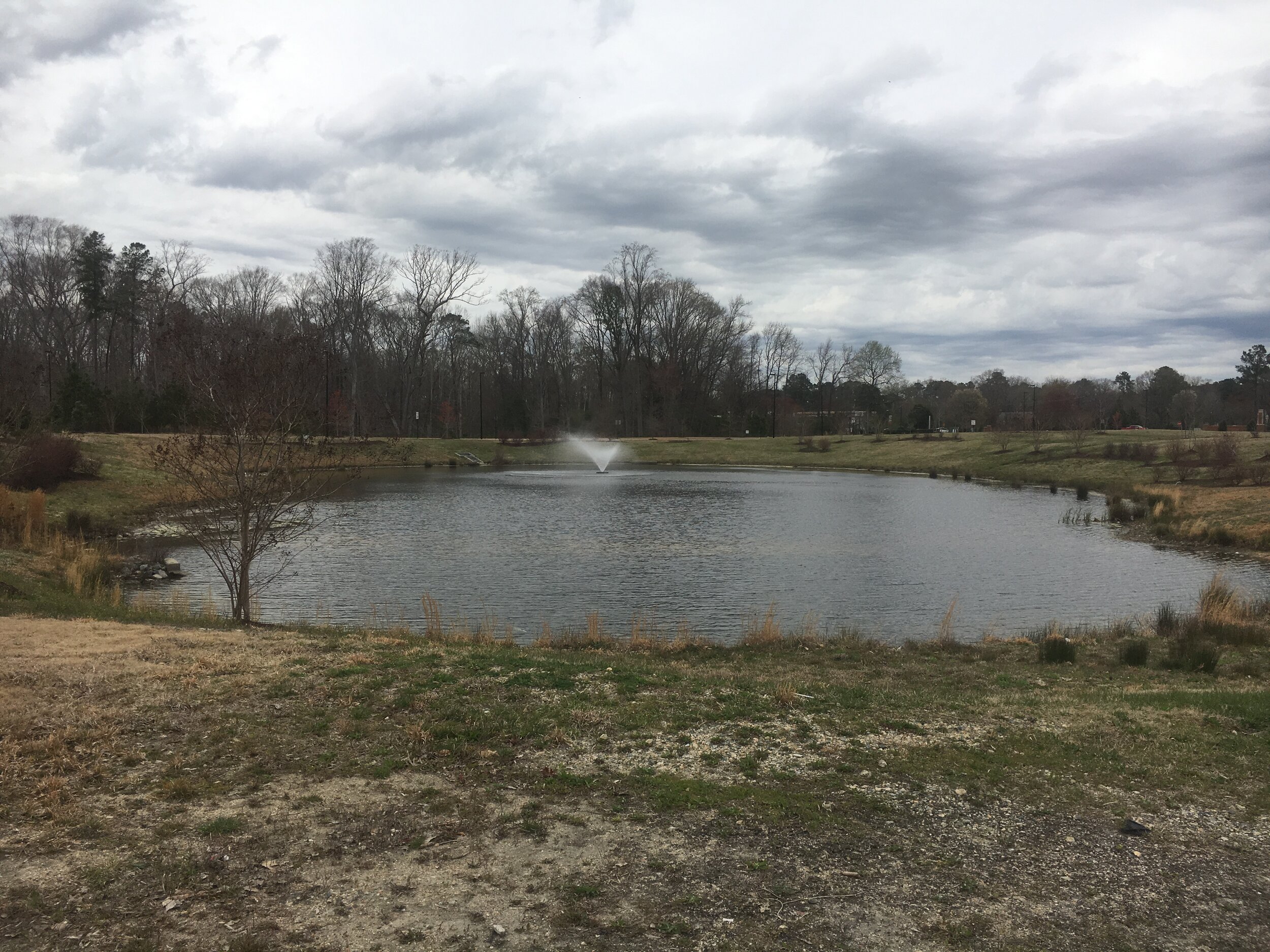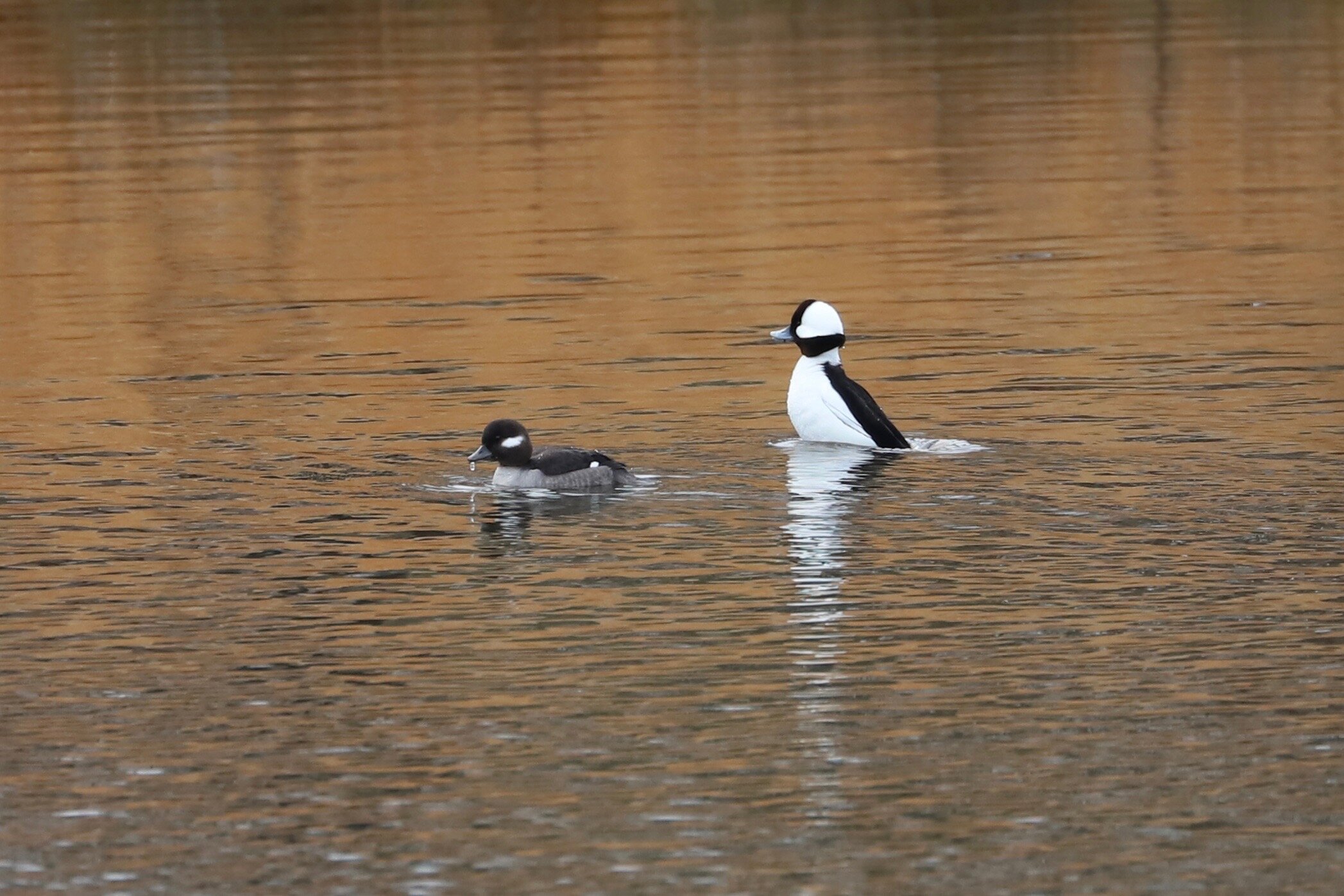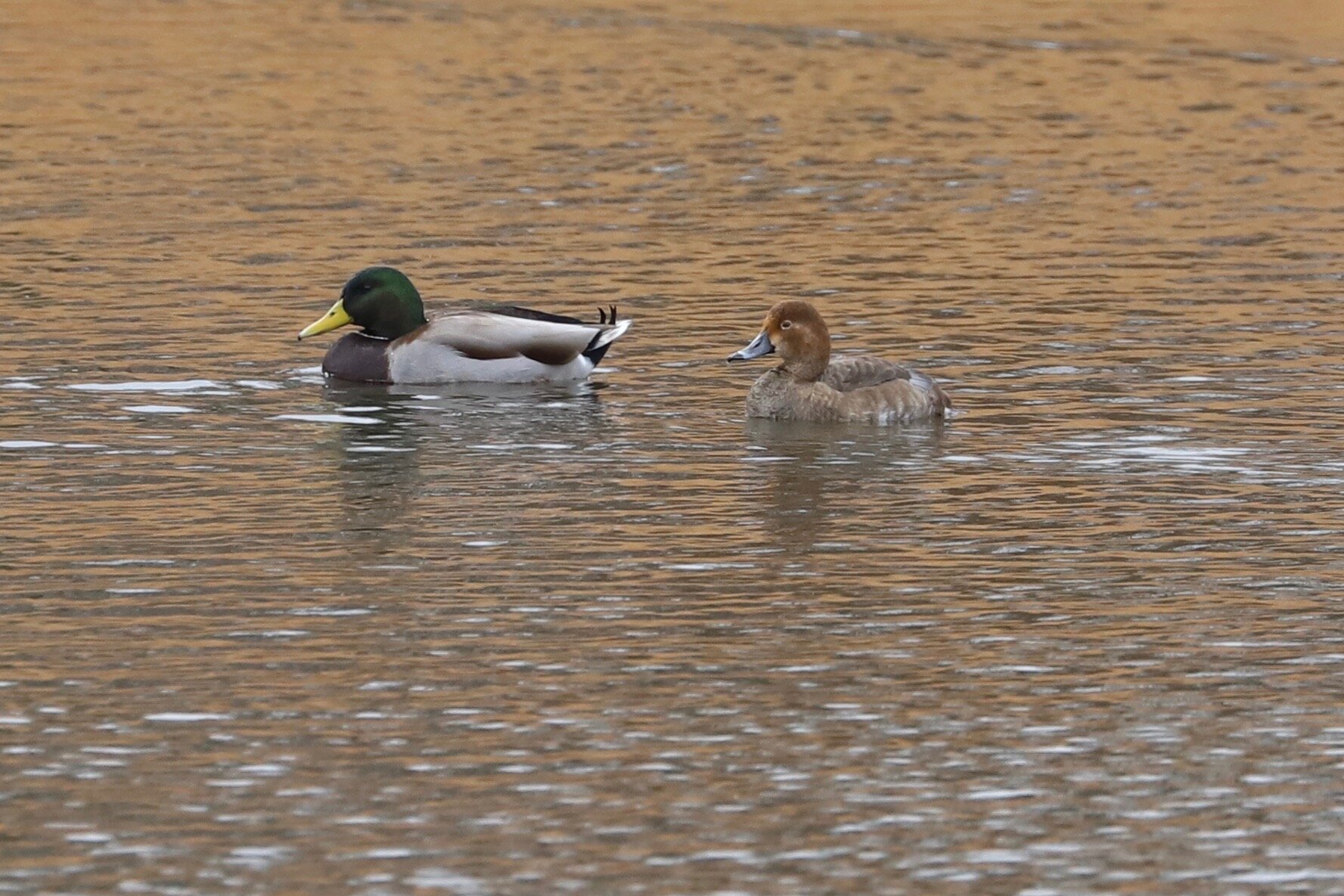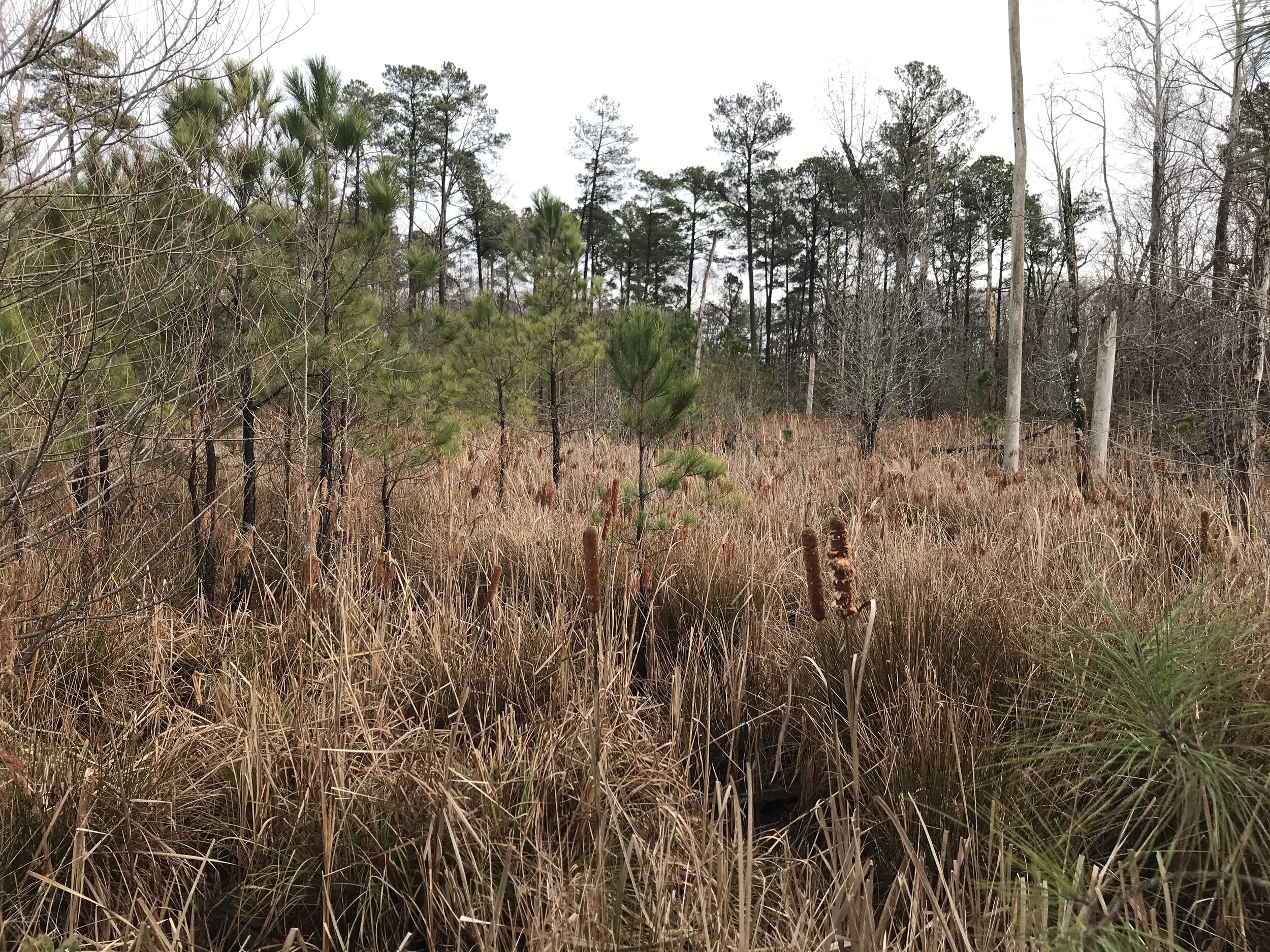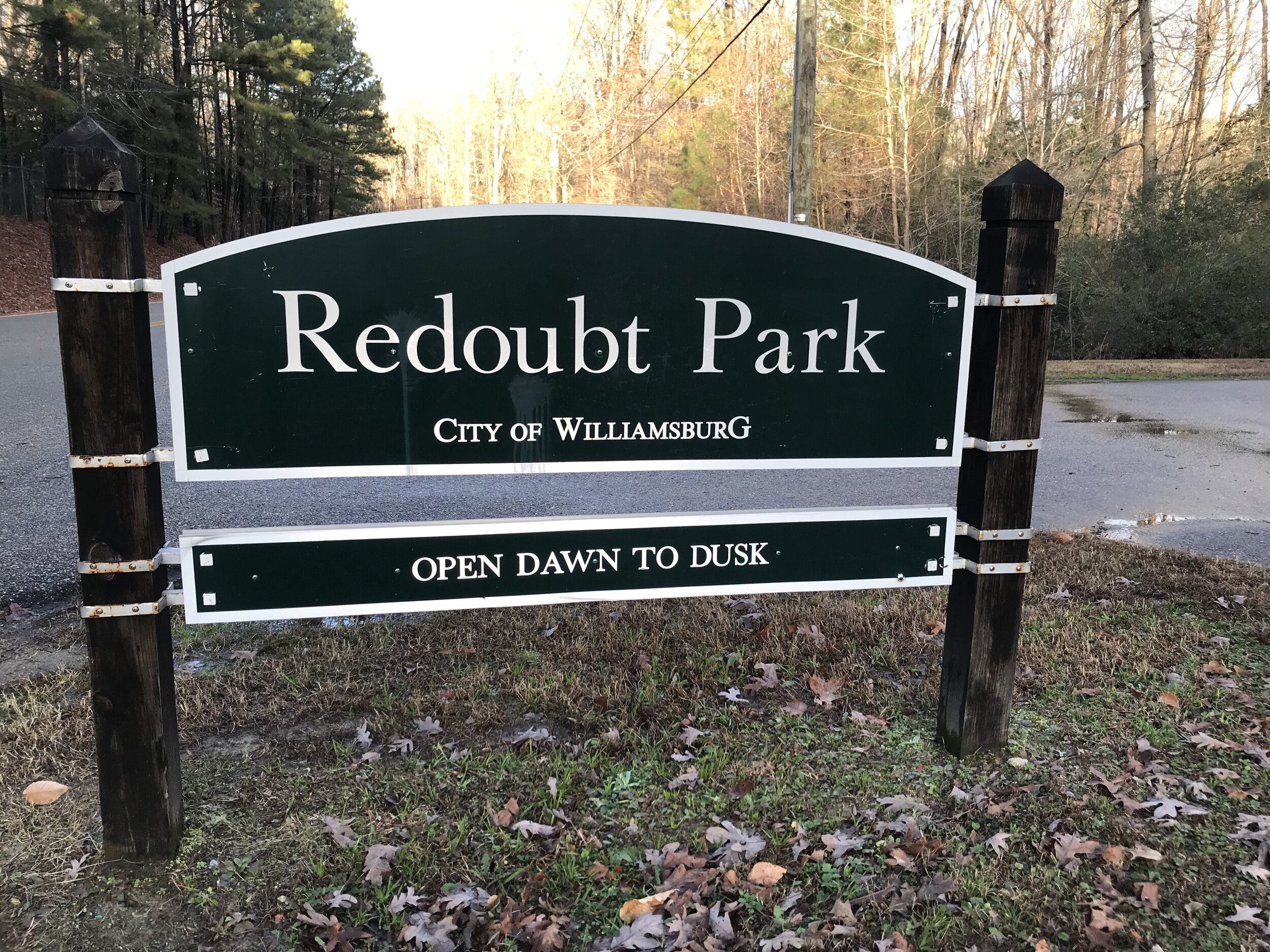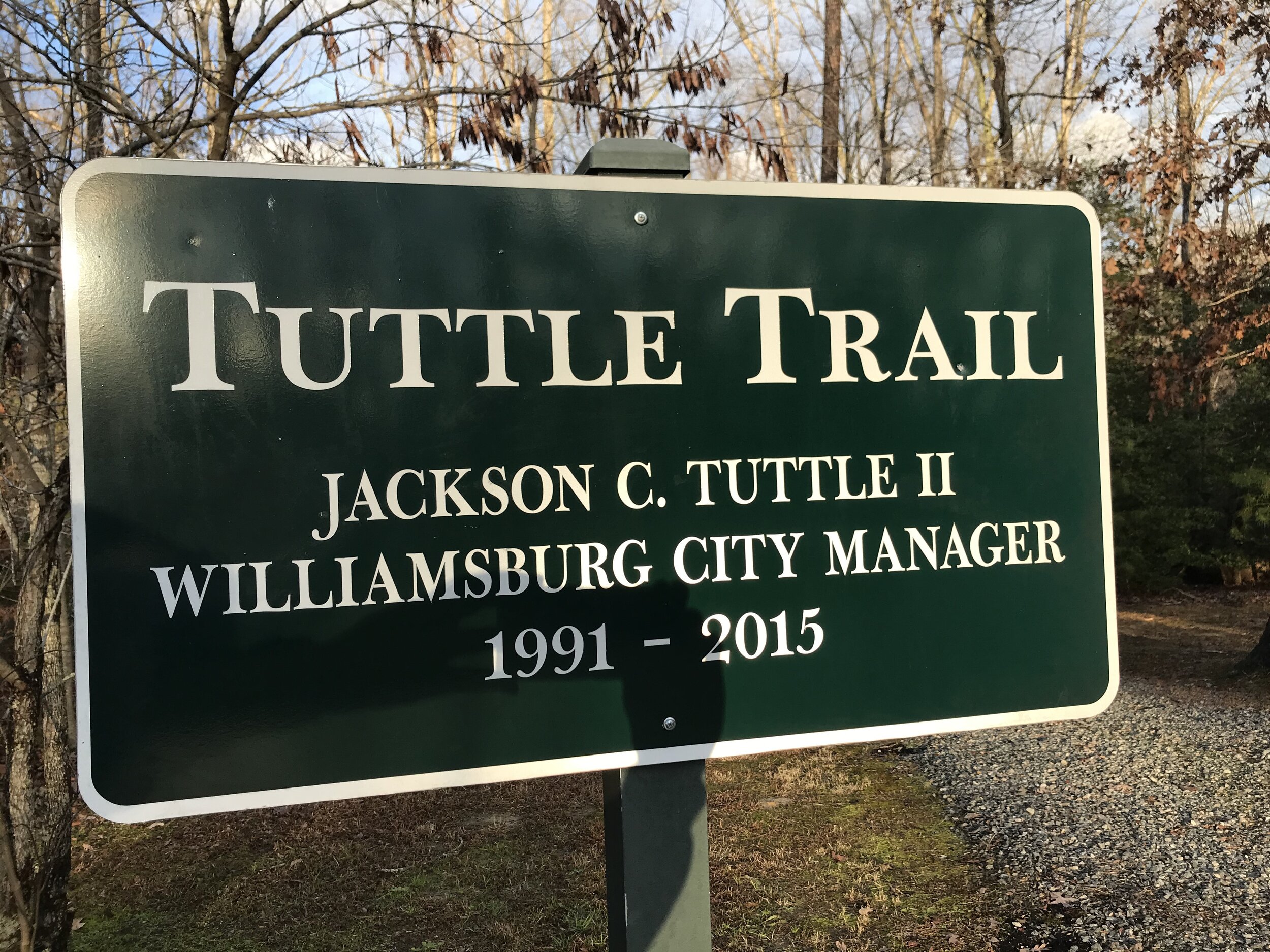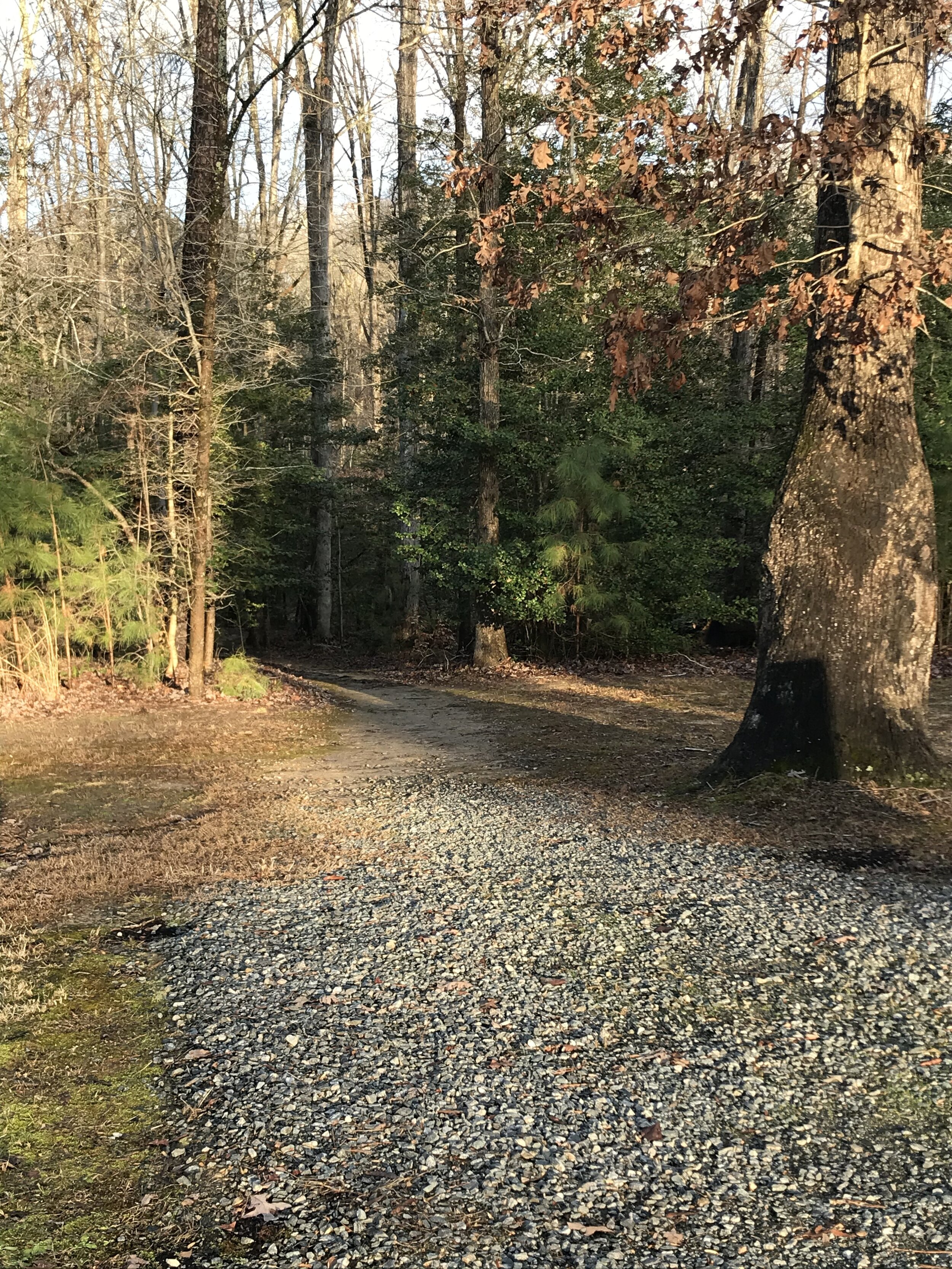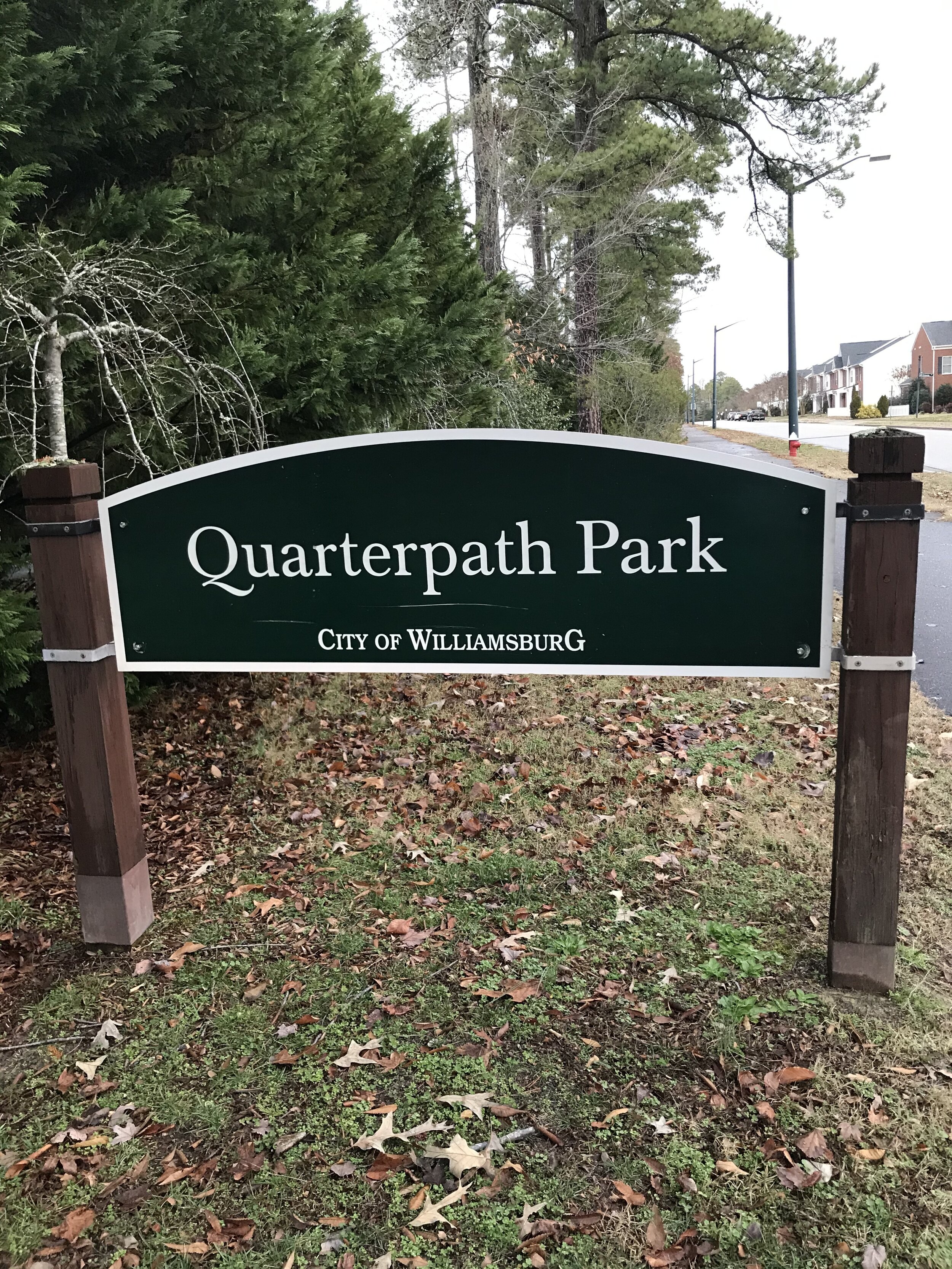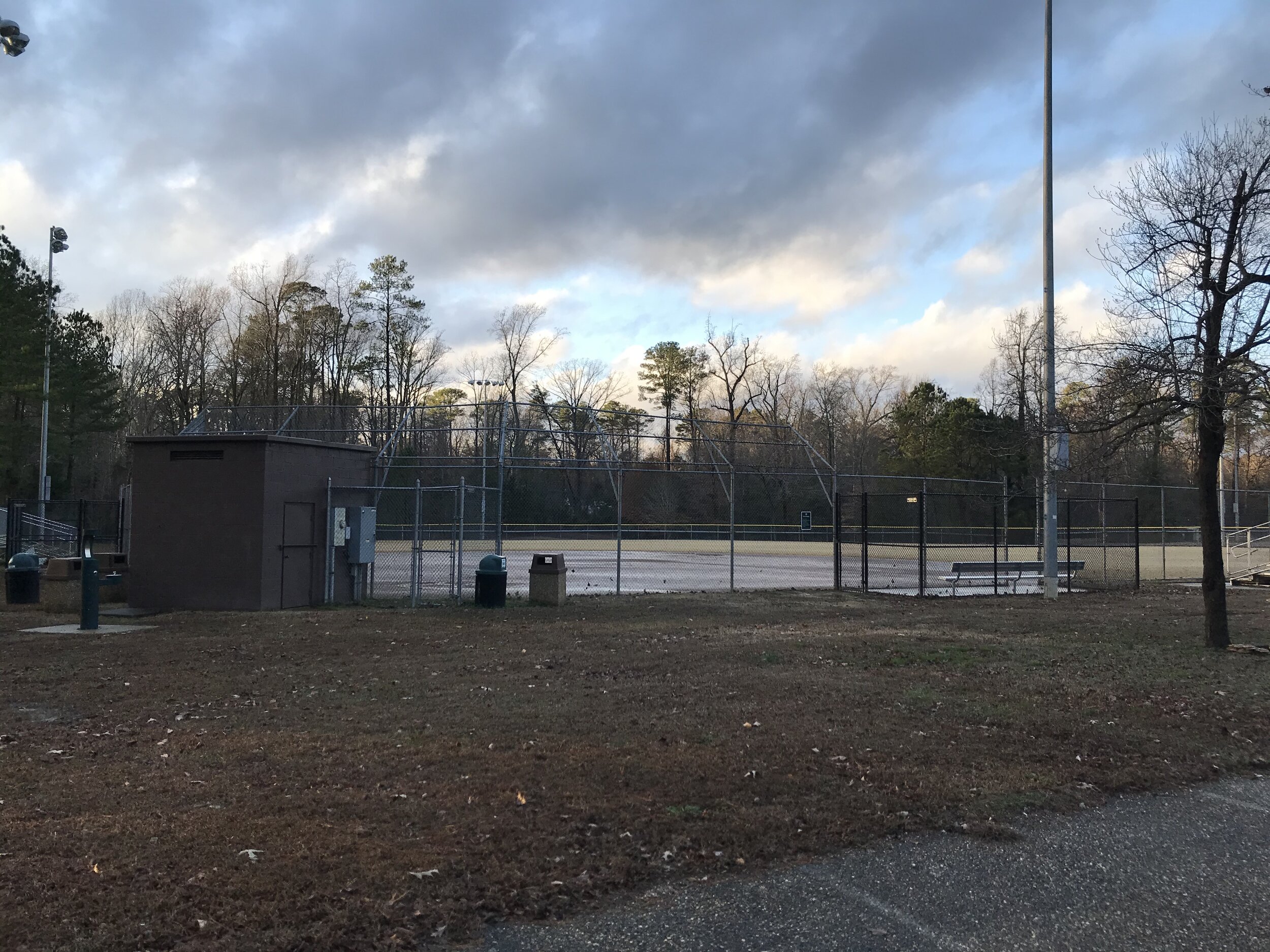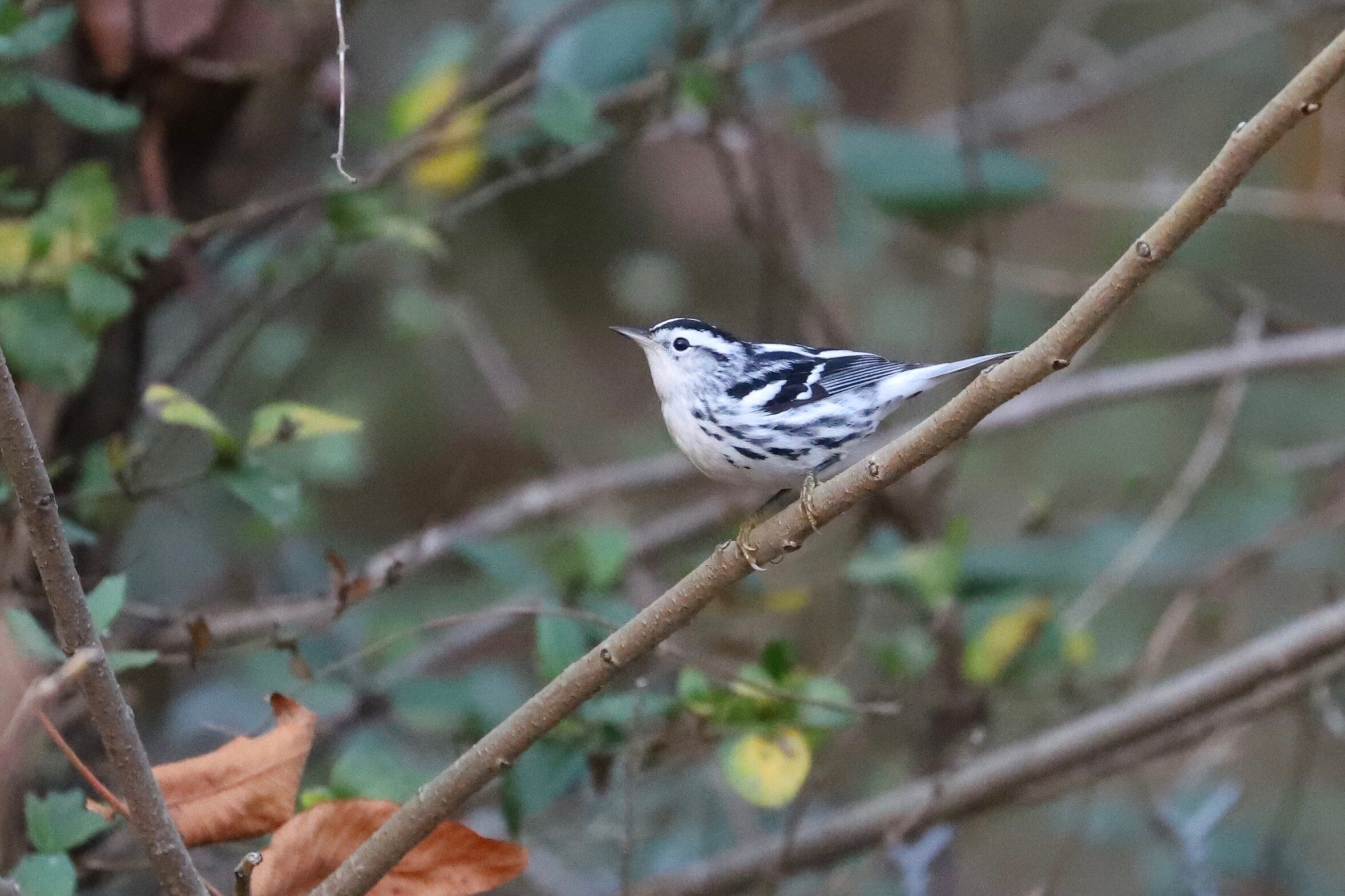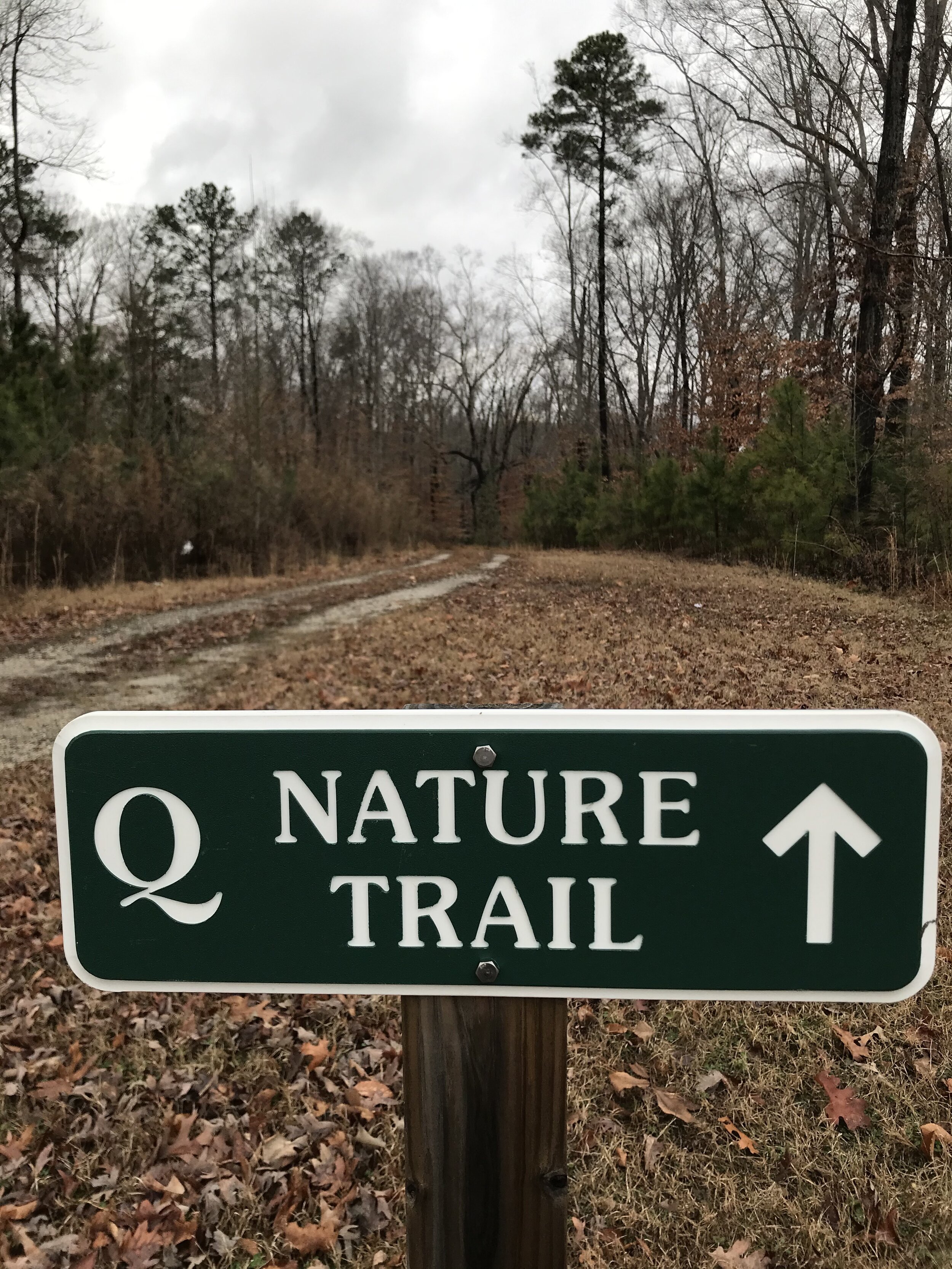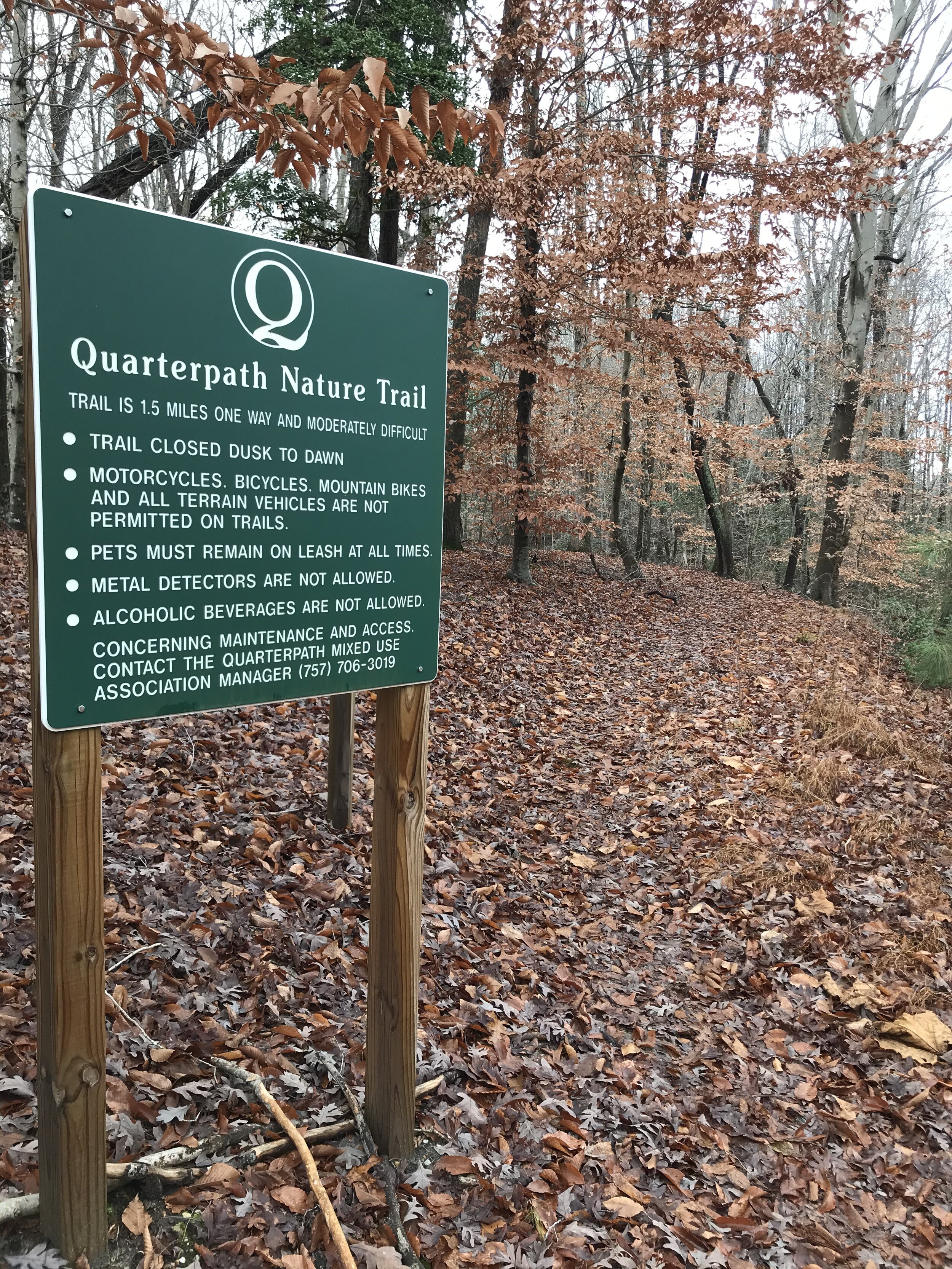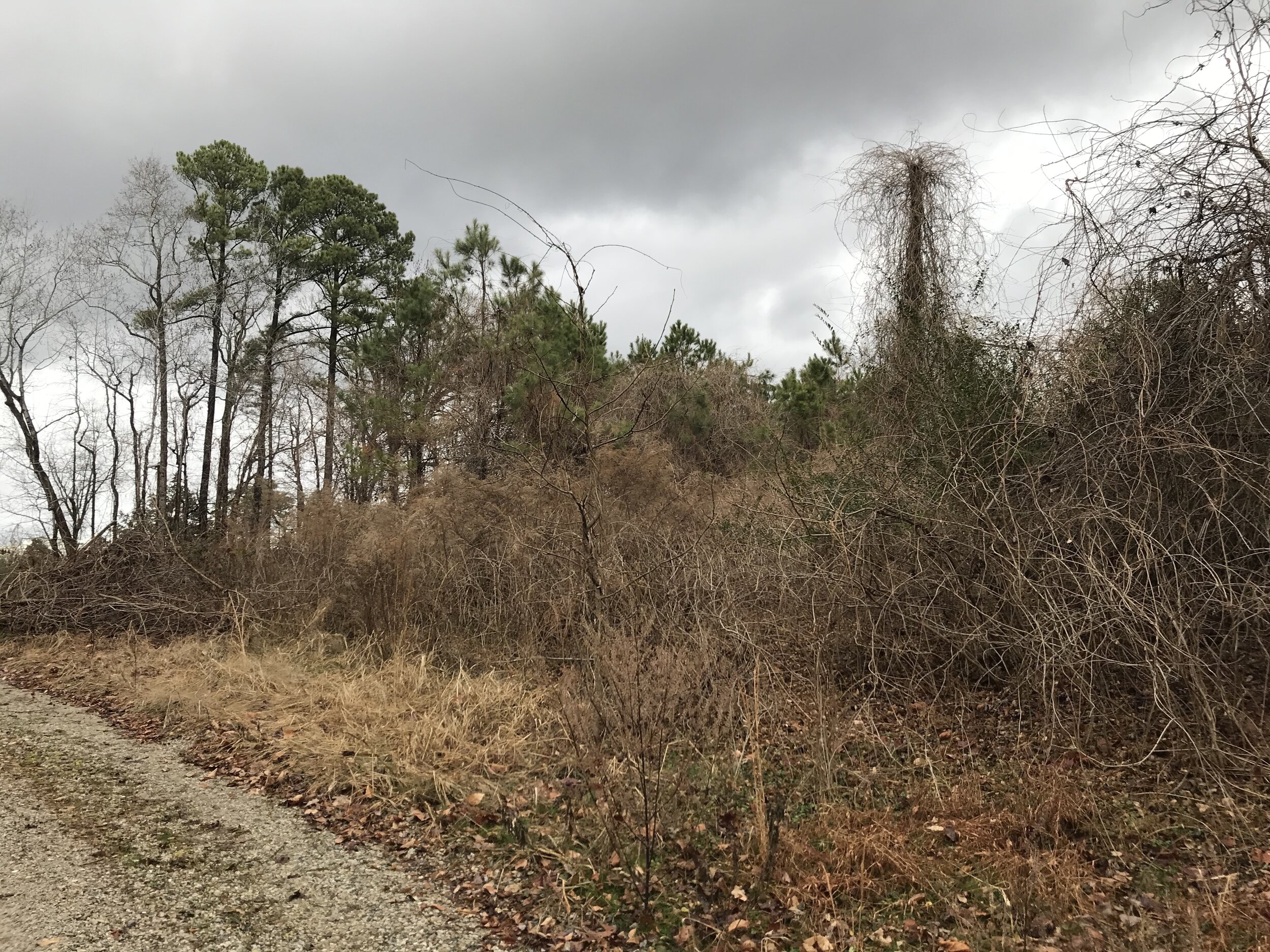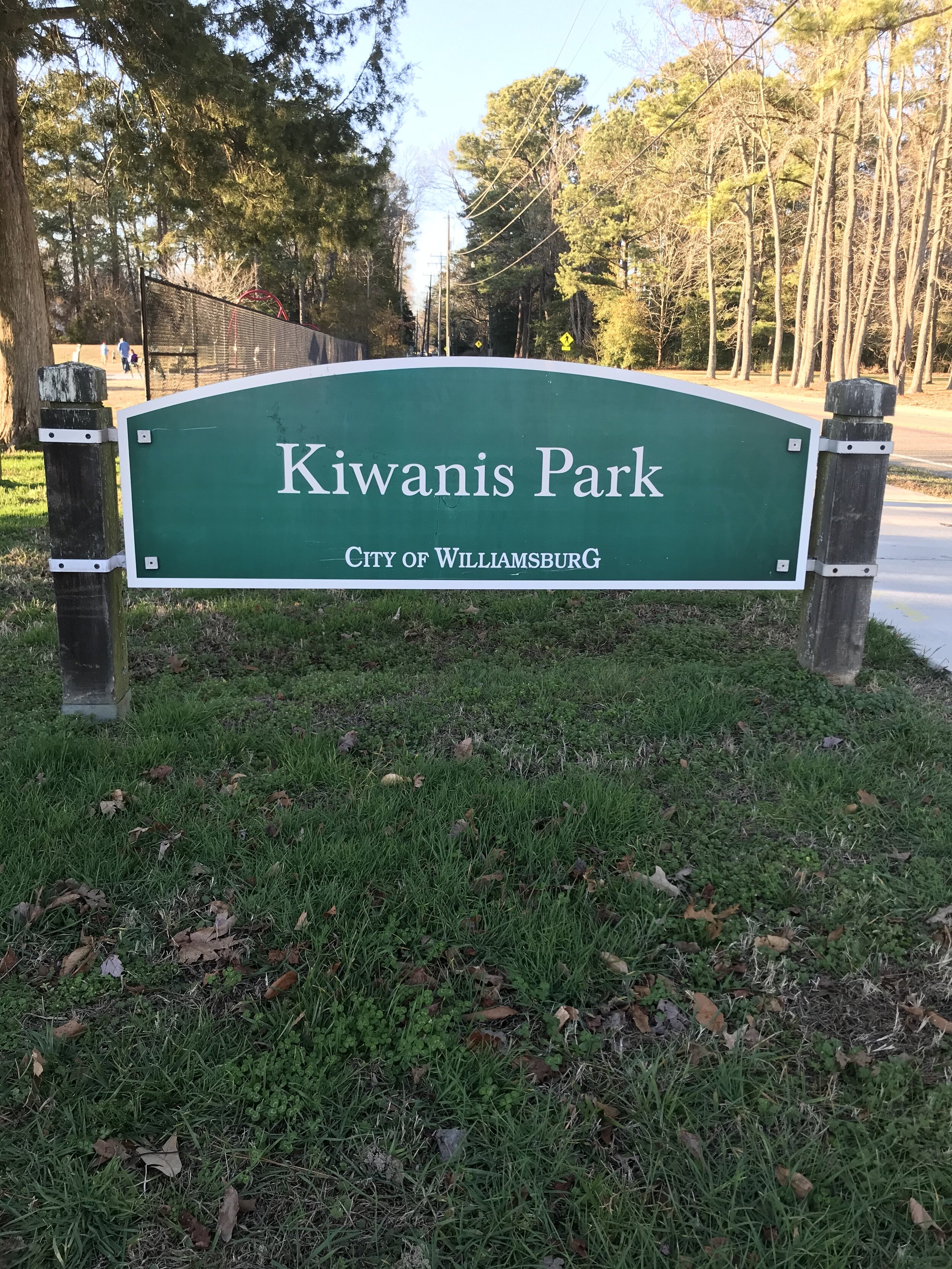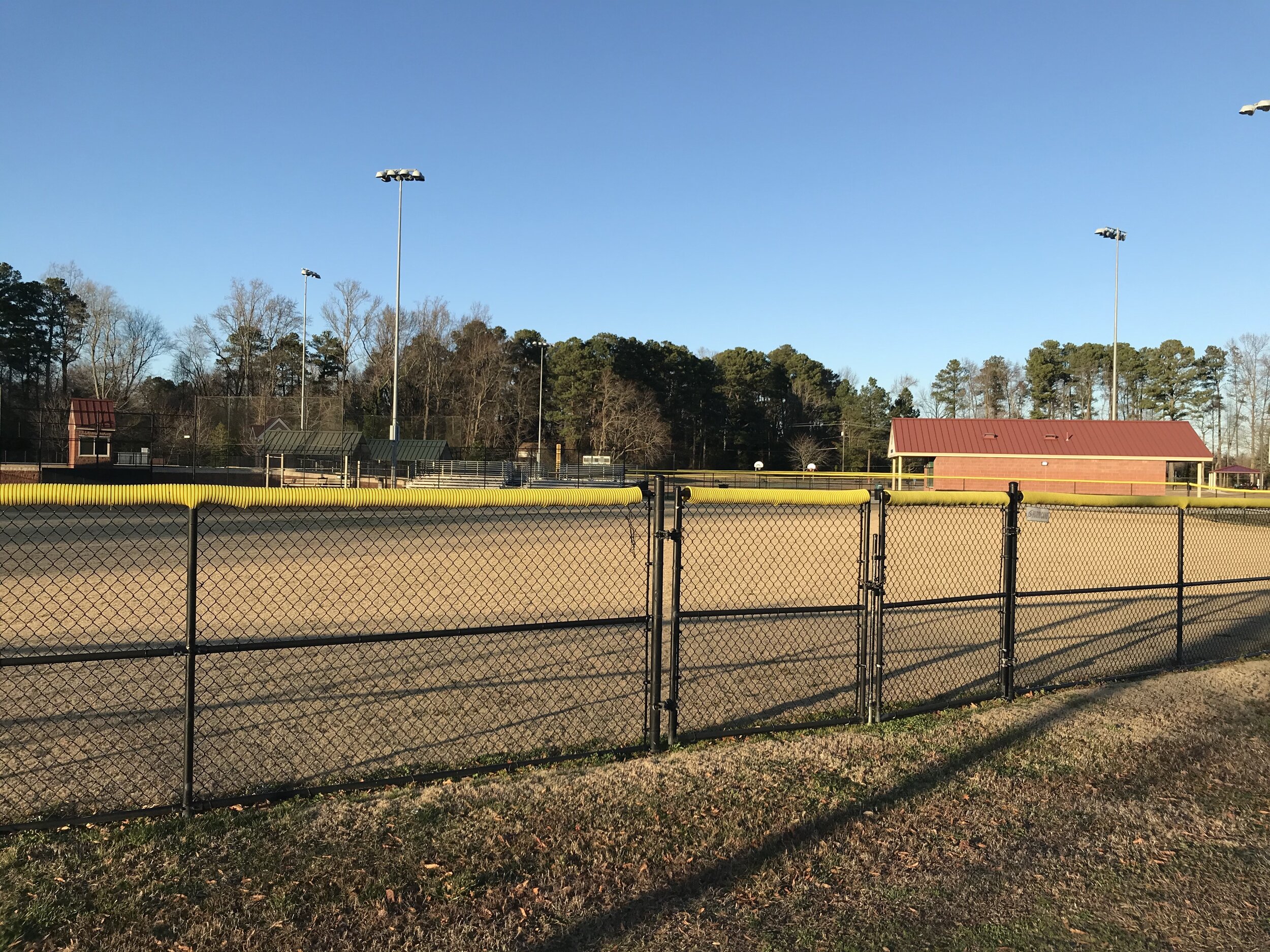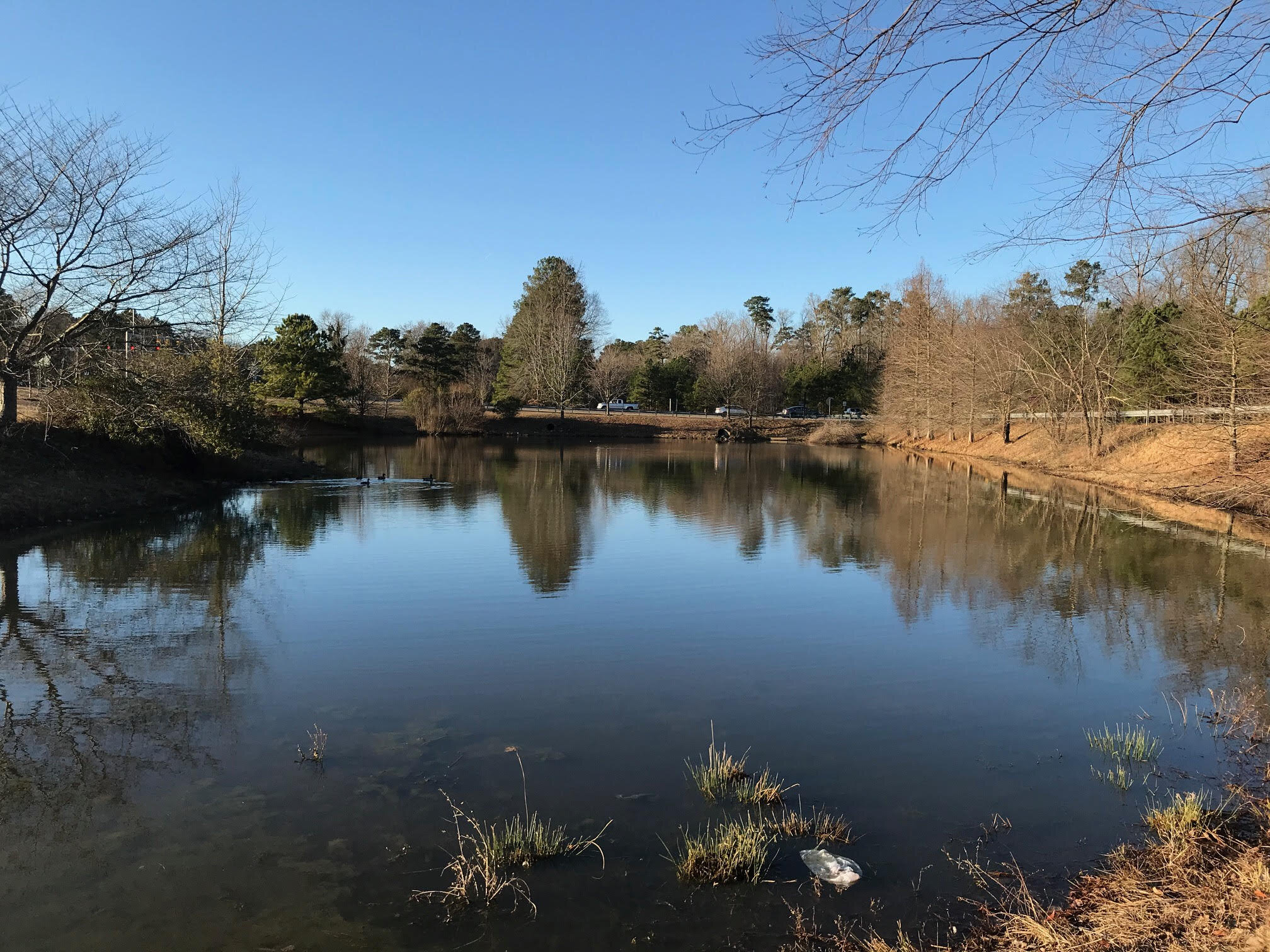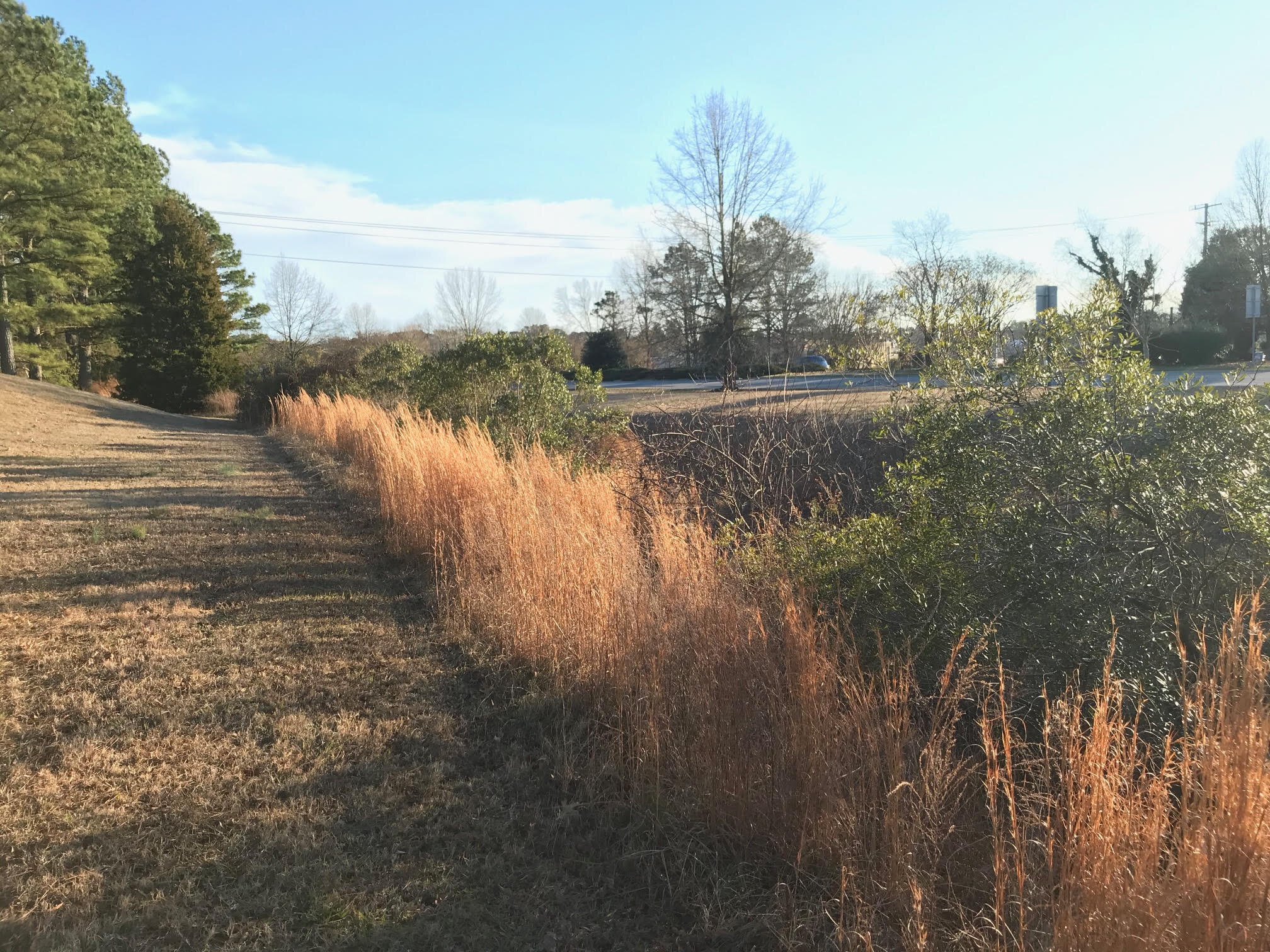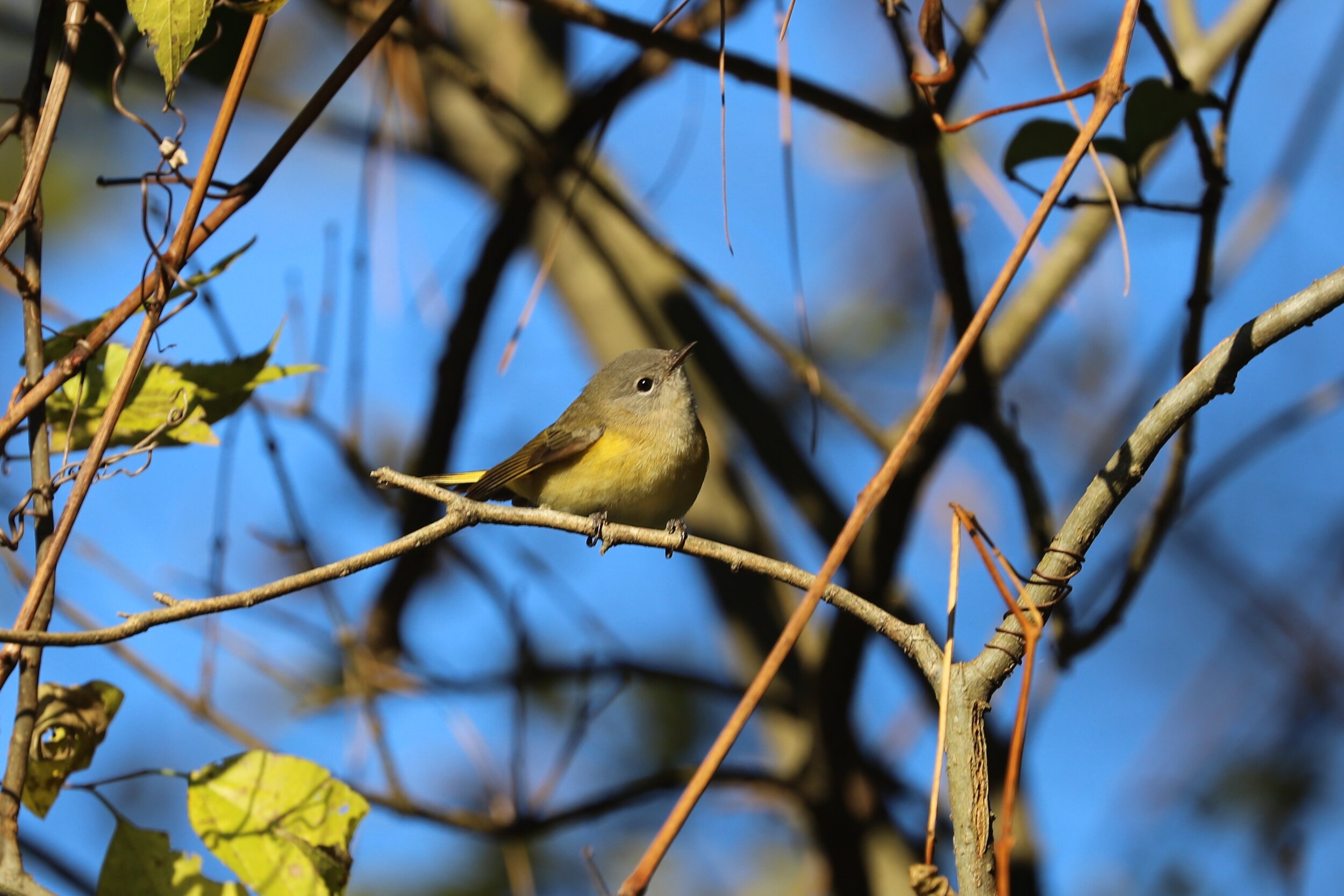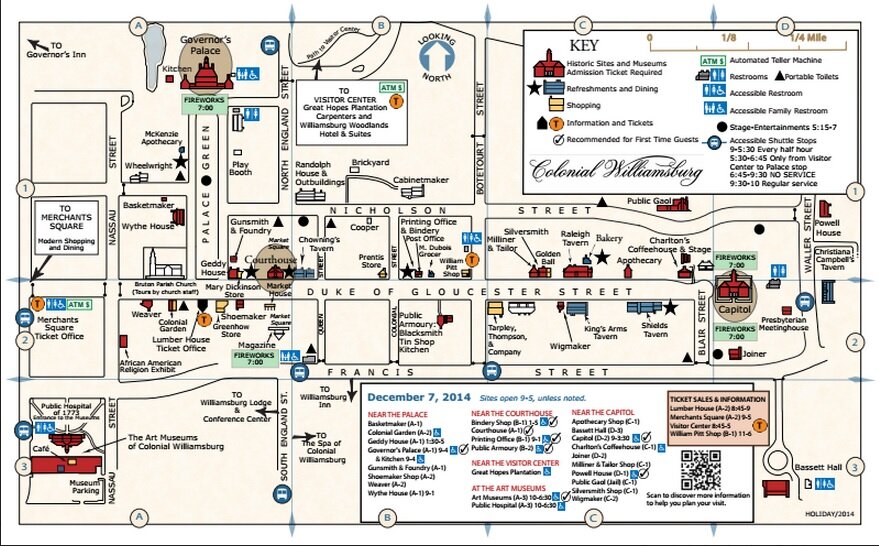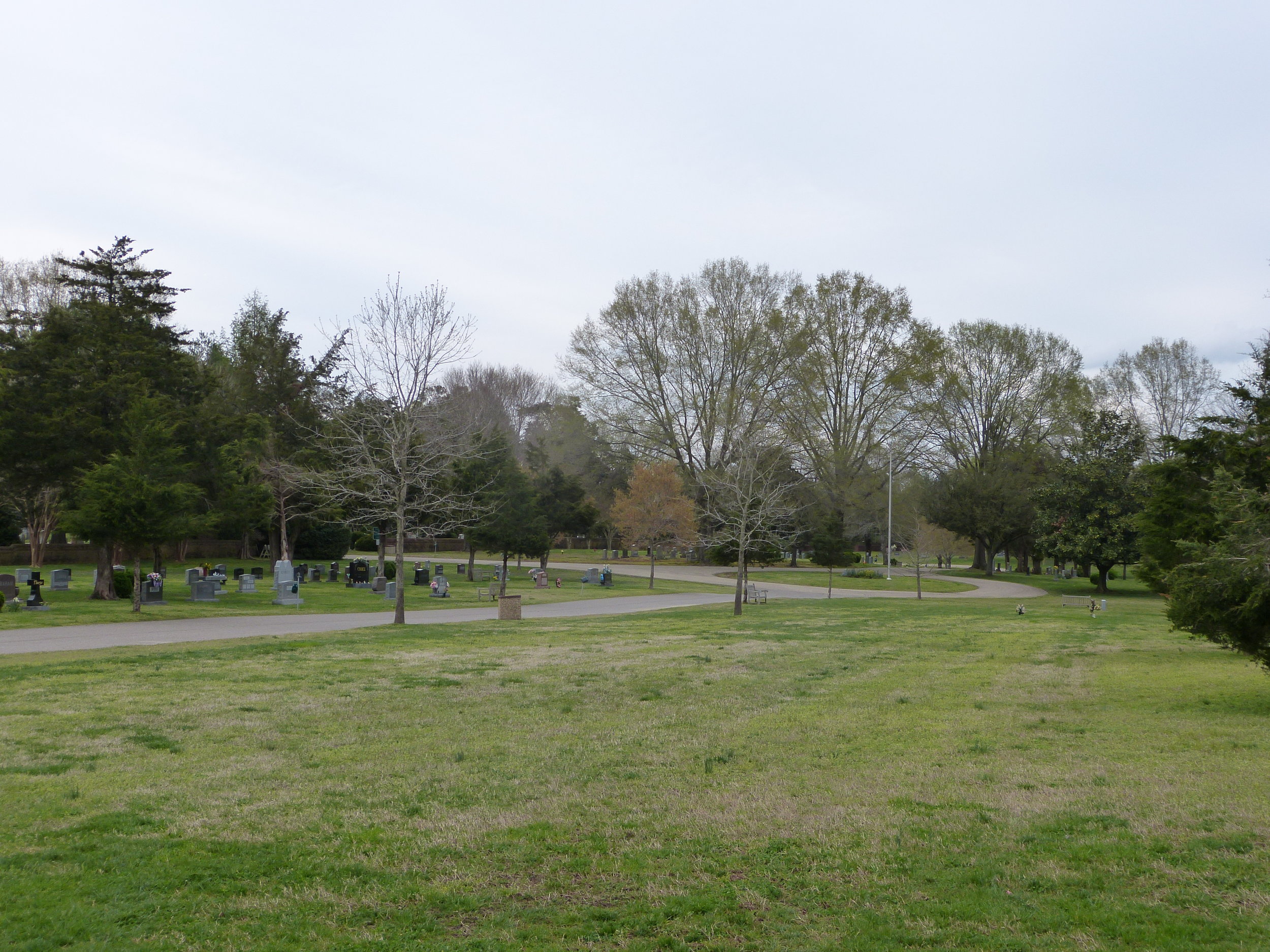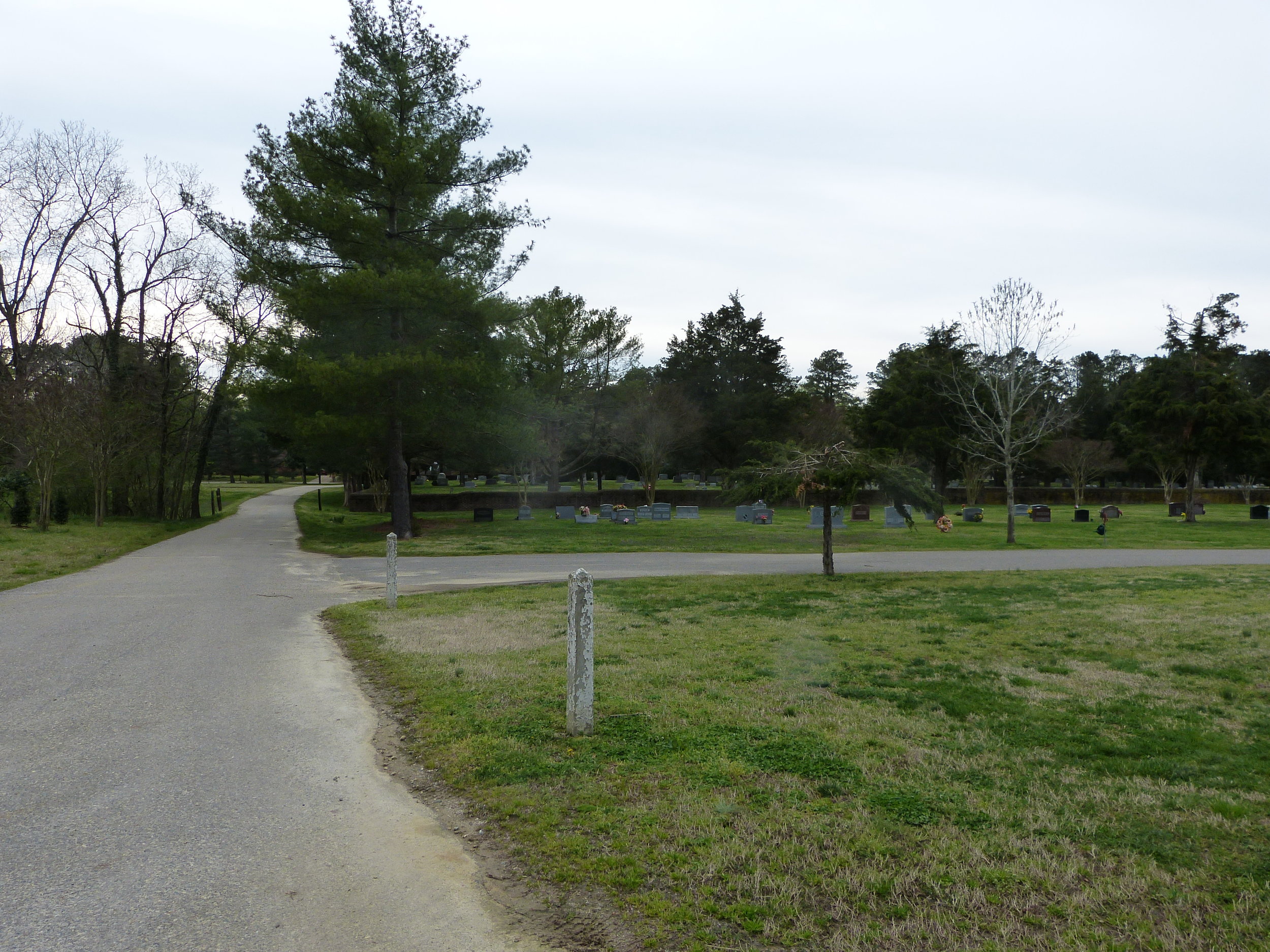Colonial Williamsburg with its extensive and heavily-landscaped grounds presents a different style of birding than many other local areas. Within its premises are several locations that have proven productive for a variety of different species over the years. The periphery of this historical complex is often the most productive for birding, due both to its lower density of tourists and more extensive vegetation. However, early morning trips before foot traffic increases can yield some interesting species in the more developed interior of CW, as well. Notably, the northern catalpa trees (Catalpa speciosa) lining the green in front of the Governor’s Palace catch the early morning light in spring and fall before most of the rest of CW and can be an excellent spot to find passerine migrants on chilly mornings. Nearby, at the Governor’s Palace there is a small pond that occasionally hosts Hooded Mergansers in the winter months. Even more notably here, however, are a pair of out-of-season warbler records from here. A Nashville Warbler (12/9/2016) and an American Redstart (12/7/2019) were both found foraging in some of the same bushes and trees in early winter. The Nashville was found associating with a large mixed-species flock while the Redstart was found foraging on its own, as seems to be typical of this species when found in the winter season. Several regular birders here have hypothesized that the combination of dense brush and the pond provide enough shelter and insects late into the fall for it to attract out-of-season neotropical migrants. This is the only pond in Colonial Williamsburg. That said, there are usually several mixed passerine flocks spread throughout CW from fall through spring, which have hosted interesting passerines like Black-and-white Warbler (12/9/2016) and Blue-headed Vireo. Finding these flocks typically requires some searching, but when found, playing some sort of mob or screech-owl tape often reveals dozens of individual passerines of several species.
Also worth noting, there are several fields throughout Colonial Williamsburg that are often occupied by livestock. While no interesting birds for the City of Williamsburg have yet been recorded at these fields, they are nonetheless worth checking for challenging local species like Cattle Egret (April through early May), Vesper or Savannah Sparrow, Glossy Ibis, Eastern Meadowlark, American Woodcock, or Wilson’s Snipe.
Notable species for the hotspot not yet mentioned include, 17 flyover Glossy Ibis (4/28/2016), Northern Bobwhite (8/11/1982), Least Flycatcher (5/18/1984), Eastern Meadowlark (5/8/1994), and Rusty Blackbird (1/25/2017).
Accessibility: The publically accessible portion of the grounds are open to visitors year round at all times of day and night. Several areas, including the Governor’s Palace, are only available to ticketed patrons. Tickets can be purchased on-site or online and can be quite pricey. Handicap-accessible parking locations and facilities are available throughout Colonial Williamsburg.
Owner/Manager: Colonial Williamsburg
eBird Hotspot: Colonial Williamsburg
—Nick Newberry
